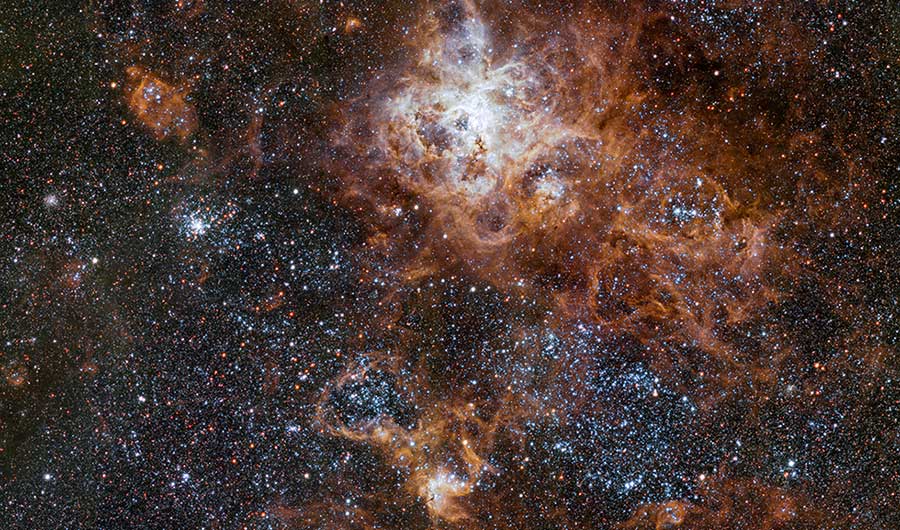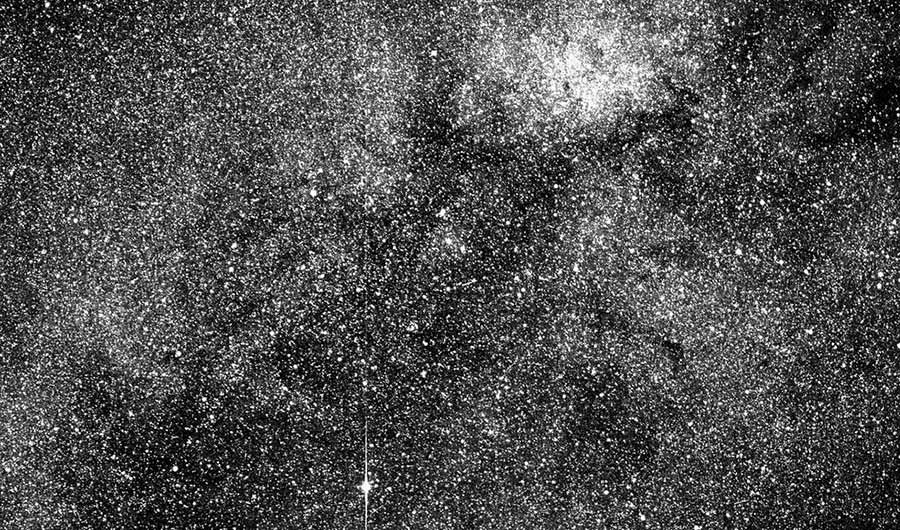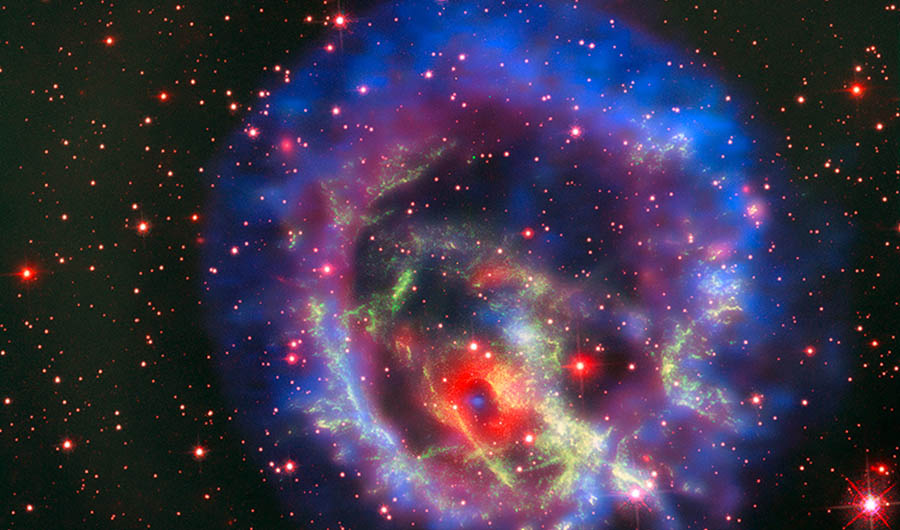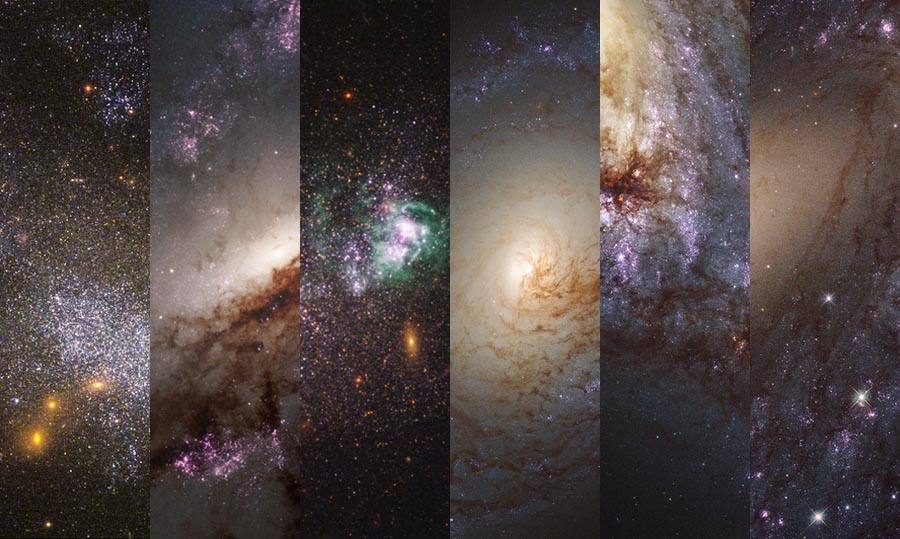May's Stunning Space Pictures
Peruse pictures that peer at neighboring galaxies, distant lonely stars and the sky above an erupting volcano.
Image
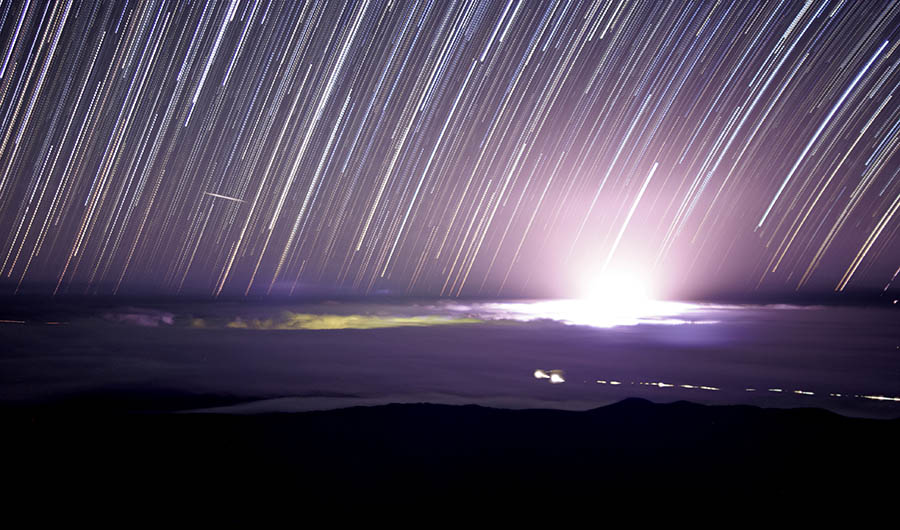
A time-lapse image of the sky above the Kīlauea volcanic eruption, as viewed by the Gemini North Telescope.
Media credits
(Inside Science) -- May brought a plethora of exciting space pictures. From the first test image by the Transiting Exoplanet Survey Satellite, to pictures from a survey of nearby galaxies -- and many more -- we've narrowed down our selection to the best images of the month.

